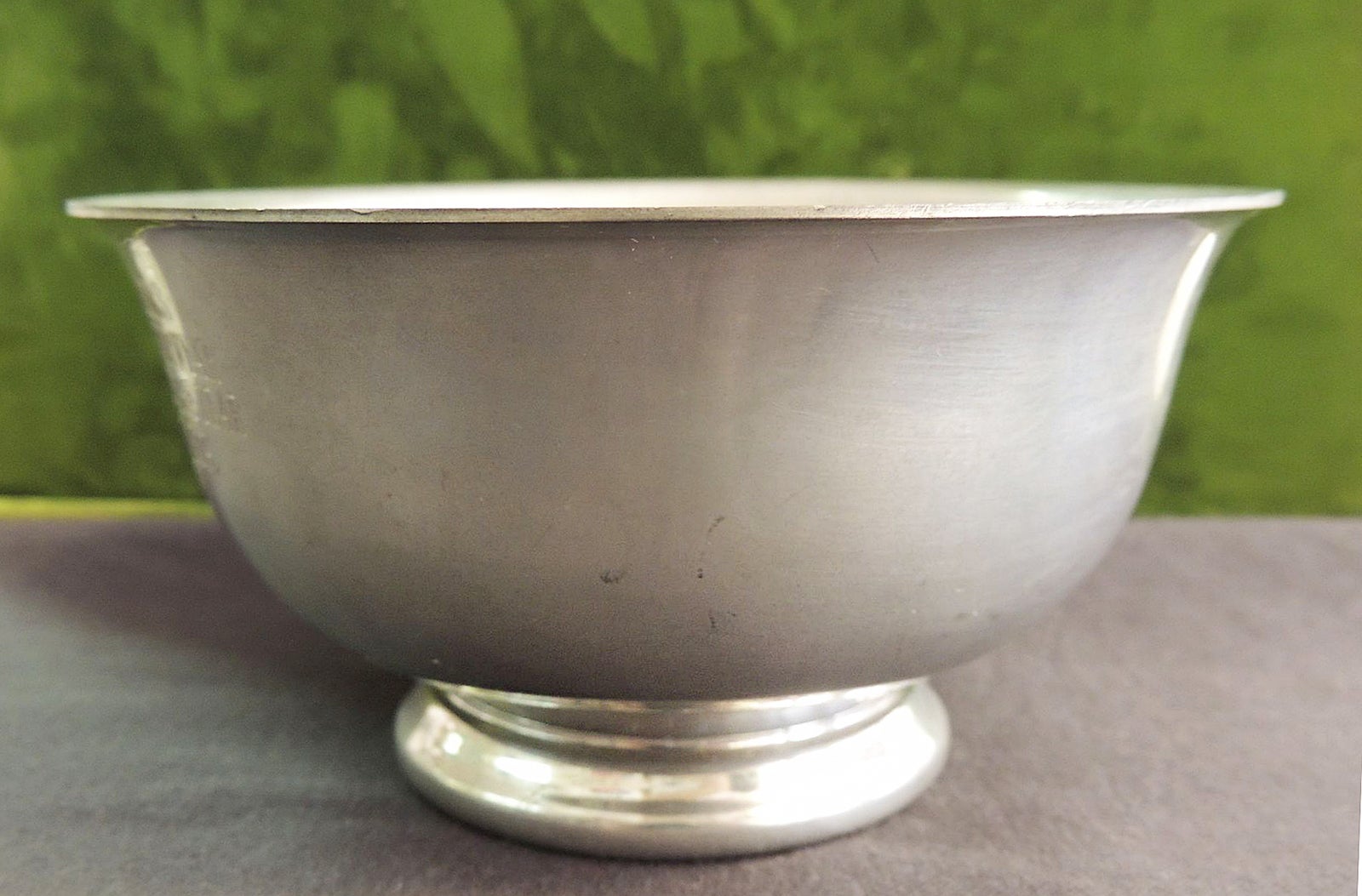Consult with an appraiser before polishing antique pewter
Published 7:46 pm Friday, March 29, 2019

- Jerry Sampson is owner of J. Sampson Antiques, Books and Appraisals on Main Street in Harrodsburg. He has been an accredited senior appraiser (ASA) in the American Society of Appraisers since 2009. To request an appraisal, send clear digital photos, detailed descriptions, measurements and condition to jsampsonantiques@bellsouth.net. Only one item per person. Items will be selected on an individual basis and may or may not appear in print. No coins, money, stamps, weapons or sports memorabilia will be considered. No emailed photos or information will be kept. Information discussed in Personal Effects is not intended to be a substitute for an in-person appraisal of an item. Exact valuing can come only from actual viewing. Jerry Sampson, J. Sampson Antiques, Books and Appraisals, The Advocate-Messenger and its staff cannot be held responsible for misinformation or incorrect estimates. These featured appraisals are intended for entertainment purposes only and are not valid for insurance coverage or estate settlement.
By JERRY SAMPSON
Personal Effects
Question: Hey J. I’m getting a lot of different information about my pewter collection. Can I use it or not? I love pewter and have collected it when other girls were buying silver. It’s warm and easy to decorate with and you don’t have to polish it as much. I have some old, old pieces but I really collect the Williamsburg pieces — the shiny more polished pieces. Can I polish it? Is it safe to eat from? Thanks for the time you put into your articles. Love ’em.
Answer: I get this question a lot. Pewter has been manufactured for thousands of years. Older pewter is made up of 80 to 90 percent tin, with the addition of metals like copper, antimony and bismuth and lead.
The copper, antimony and bismuth are added for strength. The lead was an addition in cheap pewter. It was basically a grey-colored filler. Old pewter was often erroneously called, “poor man’s silver.”
I don’t think this was right, as it was often exquisitely cast and finished. It was not cheap, even to those who could afford fine silverware. There were cheap things then, just as there are today.
High quality pewter was expensive, and many times, it still is today.
As you can assume, lead is bad for humans. Lead has been outlawed in pewter production since the 1960s. However, you can still find traces of lead in cheap Middle Eastern and Asian pewter. As a rule, most modern pewter that you’ll encounter in the market place will be free of lead. But, I would not use any pewter to store in or drink from, for long periods of time, say several hours or days.
Even if it’s safe, and it will be, it could stain or discolor the interiors of your pewter. If you had a fine piece of sterling silver you wouldn’t store in it for hours upon hours, would you? Cheap old pewter should never be used to even hold consumables. Lead can quickly leach out into foods. Foods that are heavy in acids and alcohol only hastens this leaching process.
If you simply must use your pewter for foods, IF, it’s a modern pewter object like your Williamsburg pieces which were almost exclusively made by Stieff, I would fill, serve, eat from and wash in a timely manner. I would do the same with sterling silver. Old pieces, either American, English or some other country, use a glass or plastic liner placed inside. I just wouldn’t take a chance with the old stuff.
Now, you should know that something like whole apples, lemons or wrapped candy, out for
display, would be fine. It’s the contact with exposed food and metal you want to be careful with.
In regards to polishing, sure, you can polish it. It just depends on how you want it to look: modern pewter, that is. Remember, pewter was meant to shine. It was made to imitate silver. Antique pewter? I’d check with a collector or appraiser before you polish fine and early pewter. Though it was made to shine, the patina that developed over a century or more is highly coveted by serious collectors.
Polishing the wrong type of pewter can and will affect the value. Consult an expert first. Thanks for a great question.





